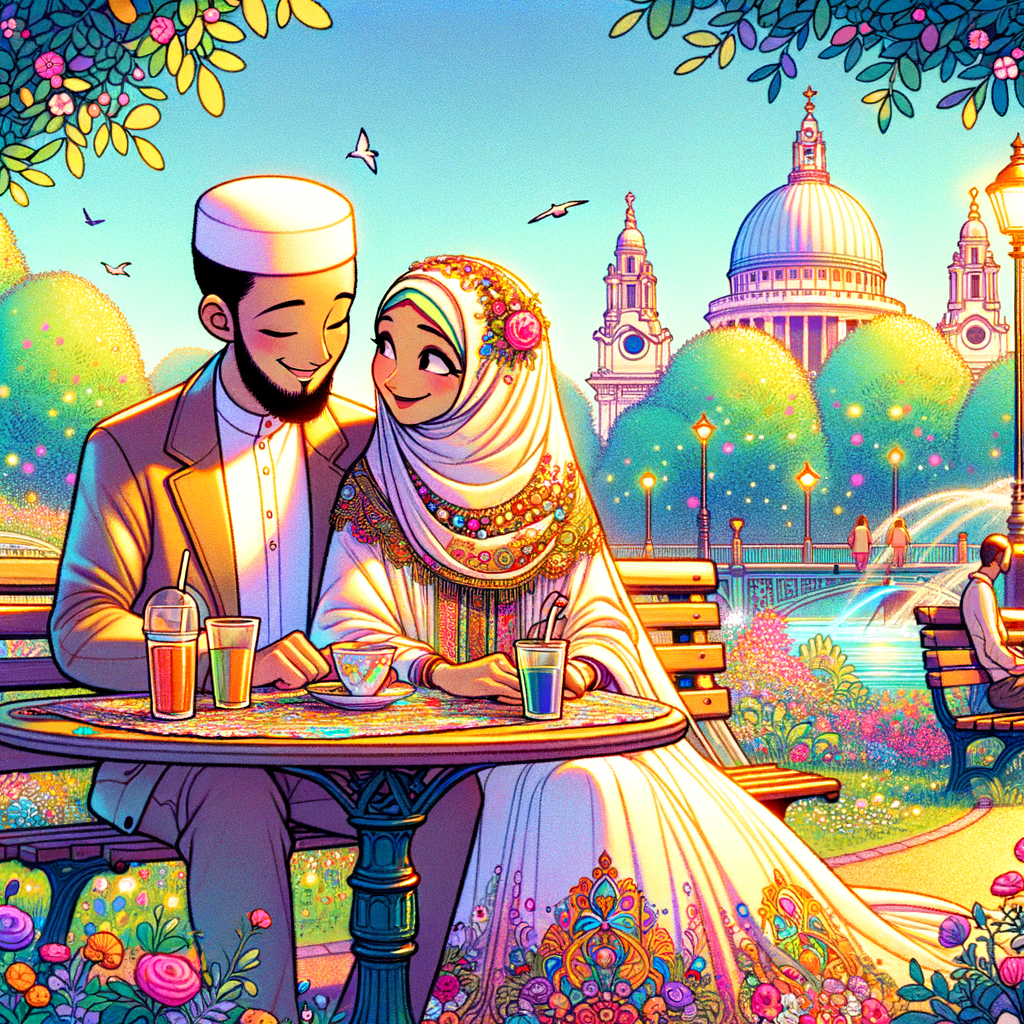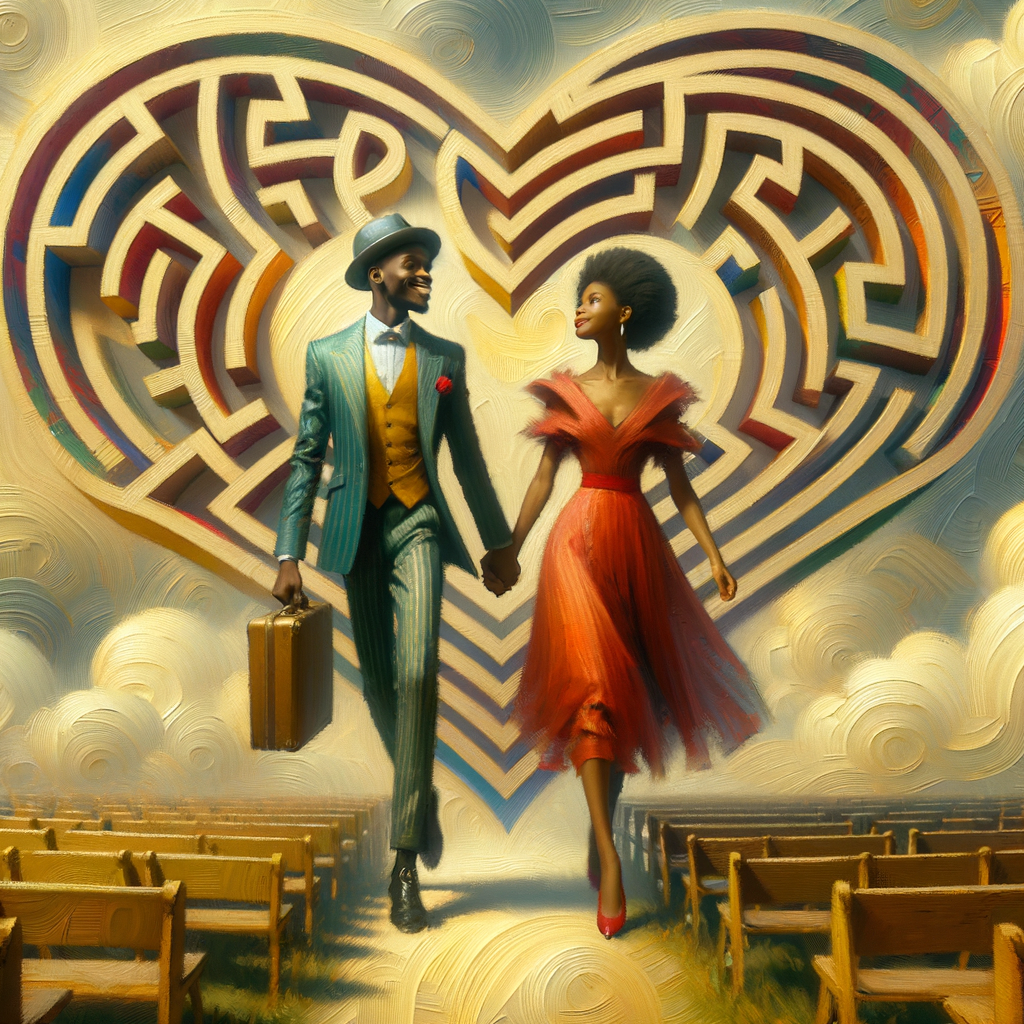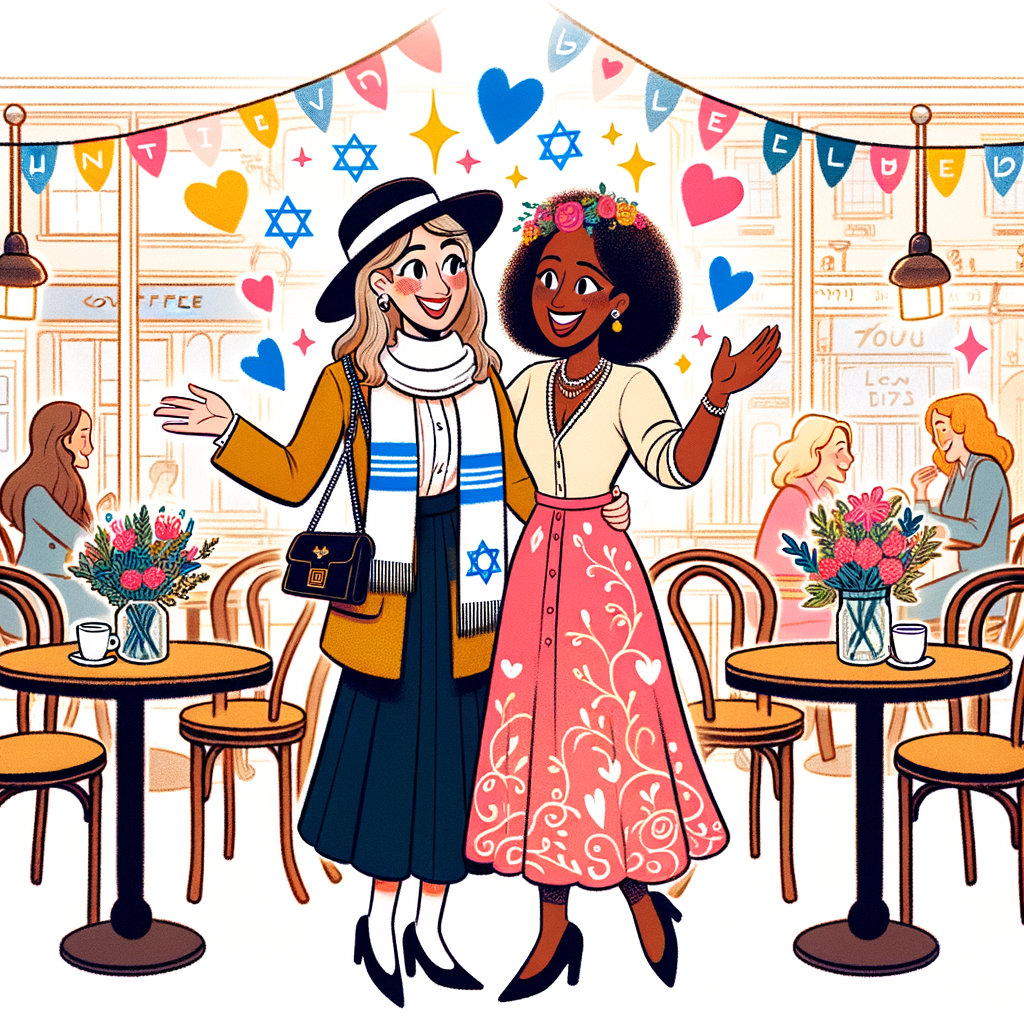Profile pictures are an interesting thing. Much more than just a shot at vanity, the pictures we choose to advertise online are not only how we want others to see us, but also how we see ourselves. Despite what we’ve been taught since childhood – not to choose a book by its cover – online dating relies very heavily on this relatively shallow criteria.
Since online dating brings so much choice and flexibility when it comes to choosing a date, your profile picture really needs to communicate as much about you – and what you want in a partner – as possible. Afterall, you can spend hours crafting an honest and poetic profile, but nobody is going to look at it if your profile picture fails to get positive attention. Also, most dating sites give you the option to add many photos, but that all important first swipe will only depend on that top photo you pick – so make it count.
What does your profile picture say about you and how can you choose the most optimal choice to improve your chances at finding “the real thing”?
Choosing Your Dating Profile Photo
Everybody wants to put their best foot forward and will try to pick the photos where they look the most attractive, even be tempted to use photoshop to enhance their appearance. If you want to maximise “matches”, then go ahead, but if you want to find someone to start something real with, then best to be real yourself. It’s no good using a photo that’s 10 years old or one before you gained a bunch of weight or lost all your hair.
A successful match will inevitably lead to an in person meet up, and when your date sees that you look nothing like your photo, not only might they be disappointed, but they will immediately question your honesty – if you’ve misrepresented what you look like, the easiest thing to verify, what else have you lied about?
The flip side of this is choosing an ambiguous or misleading photo, where technically you haven’t lied, but you haven’t been clear about your true self either. Examples include profile pictures where you’re in a group of people, so the swiper can’t be sure which one you might be. Or your profile picture is of you being very small against a beautiful background, such as mountains or a beach. Technically, both options are honest about both your appearance and who you are – you’re sociable and you love to travel… but the person can’t actually study your face properly.
For starters, people are shallow, this is just a fact – attraction is important, no matter who you are, so trying to deny people the chance to judge honestly if they find you attractive is a little unfair. But also, this attraction – as you well know, because you’ll have the same kind of response to people you consider swiping – has more subtle layers than just “hot or not”. Do they have a nice smile, do they have kind eyes, do they seem positive or withdrawn? These are important initial connections to make with someone if you’re going to commit to getting to know someone – no different than catching someone’s eye across a room.
Very often, we see people posing with pets. Now, if that pet is yours and you’re trying to tell people that you’re an animal lover, then great. But many people choose such pictures strategically – to imply they’re animal lover or environmentally conscious or generally friendly and open, and then lo and behold, they have a cat hair allergy or the puppy in their photo isn’t even theirs. Your profile picture is trying to say who YOU are, not who you wish you’d be or who you think other people would like you to be. If you don’t have a pet, then it’s probably best not to post a picture suggesting that you do.
Many psychological studies have delved deeper into the kind of personality traits our profile pictures communicate, with the major categories being: openness, conscientiousness, extraversion, agreeableness and neuroticism. Now, none of these are inherently good or bad, they’re simply personality types, as subconsciously communicated through our choice of profile photos.
Openness refers not to openness of emotion or character, but rather openness to new experiences and lack of desire to conform. Such photos tend to focus more on the overall aesthetic of the picture, and not focus on the face, with more neutral or negative facial expressions (if the face is featured at all) and more emphasis on the surrounding images or environment. They want the overall image to stand out, rather than their features or expressions.
Conscientiousness is in many ways the exact opposite – a desire to conform and do what is expected. It’s all about being orderly and favouring planned behaviour. So these profile pictures tend to be pretty “standard” – it will show the face, with no embellishment or posing, smiling or projecting a “people pleasing” positive emotion, because that’s what is expected.
Extraversion is most likely to display group pictures and very colourful images, because this trait is all about being social and engaged with the outside world. Often, this is the trait that is likely to use a younger image, since that is most likely to show more exciting and interactive behaviour and be in a large group of people.
Agreeableness, not to be confused with conscientiousness, is a trait focused on social harmony and societal co-operation. This group will have the heaviest skew towards smiling and positive emotions, and while the pictures will be very colourful, they will also be less focused on the features and lack overall aesthetic quality.
Finally, we have Neuroticism. This is the group least likely to show their face in their profile picture and if they do, the image will be overly big or wearing glasses to help obscure the facial features. Also, the overall trend with this trait is to show negative emotions and insecurity and use much more monochrome colour schemes.
These are all interesting findings and perhaps will be perceived on a subconscious level by your fellow swipers, but it shouldn’t be used as a guide to drastically alter how you want to represent yourself.
There are more obvious aesthetic choices that are far more likely to form a swiper’s first impression. If you’re posing or pouting or heavily airbrushed, a person might think you are shallow and overly concerned about appearance. If you’re flashing designer brands, watches or cars, a person might think you’re very materialistic.
If you change your profile picture very often, maybe you’re after attention or validation. If you conceal what you look like altogether, someone might think you’re insecure about your appearance… and further assume it’s for a reason. If you have a neutral or negative facial expression and your photo is dark, they might get a negative vibe.
Ultimately, you want to present the best version of yourself, but still an honest version. So it’s not the worst idea to consider what your photo might be subtly saying to people based on these parameters, but also that you should go with your gut. If you have a picture of yourself that genuinely makes you think “This is Me” and “this is what I’m hoping to have in common with someone” – be it vegan pastries, skydiving or modern art – then own it, wait for that right swipe and let the chips fall where they may. Afterall, it’s a swipe, not a marriage proposal – there’s no need for too much pressure.








